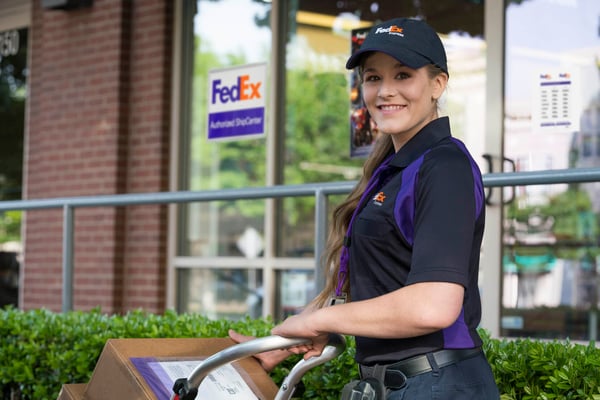
For about 15 minutes, each package travels through Worldport. The packages then go into the maze of conveyor belts that is Worldport. Packages in each of these categories are placed on a separate conveyor belt with the label side up, so it can be scanned by computers. Its perimeter is more than 5 miles.Ĭargo is unloaded from the planes and sorted into categories of “smalls” (mostly envelopes), regular 6 sided boxes, and “irregs” (everything else). Its internal space could hold more than eight football fields. (FedEx has a similar hub in Memphis, Tennessee.) Worldport is huge. Packages that will journey by air are delivered (by air or by truck) to Louisville, Kentucky, home of UPS Worldport, a huge package sorting megaplex. If it is more than 200 miles away, the journey will be by air.

If the destination is less than 200 miles away, the package will travel by truck. There, UPS workers will scan each package and sort them into groups depending on their destination. Once the package is picked up, it travels by truck to a regional sorting facility. If you drop off your package at a UPS store, the process is similar, though the UPS store employee may help with the packing and data entry. All of the information provided, including destination and the other details, are encoded into a barcode on the lable that is readable by computers. You can then print a label that has some information printed so that humans can read it (such as the destination address). If you are scheduling a pickup, you will have to enter information about the size and weight of your package into a computer, as well as its destination and a few other details. When you hand a package to UPS, it has a label with a barcode on it. For this section, we will use the example of UPS.

To understand why a package might go missing, let’s start by addressing (no pun intended) what happens when a package gets where it’s going with no problems at all. But what really happens when a package is lost? From the consumer’s point of view, it seems that these packages have entered some kind of black hole. The US Postal Service, FedEx, UPS, and other major parcel delivery services pride themselves on accuracy and timeliness. In almost every case, packages get to where they’re going with no problems. Instead of removing problem causers, CAF will shift the associate to another team or demote them rather than terminate.Millions of packages are delivered across town and across the world every day. And finally.associates will get shuffled to another department if they are unable to complete tasks or if they are causing problems (especially those who have been with the company for a long time). This occurs even if an associate can show they have history and experience in the available position. Associates are also held back from pursuing "next level" positions because it doesn't follow an unspoken route of advancement (rep I only moving to II before pursuing a lead position). There is little to no development happening because the managers are consistently in meetings (which the meeting's information is rarely conveyed to the teams in a timely manner). There is a high turnover because associates (although they love their teams) don't feel valued by their managers. When concerns about management are brought before HR, the individuals are given a "talking to" or a "hand slap" and allowed to continue as before. Ideas presented by associates are often ignored by managers in favor of their own ideas.

There is consistently a lack of good communication from managers to leads to associates. Unfortunately, the teams working together is not always due to good management.


 0 kommentar(er)
0 kommentar(er)
